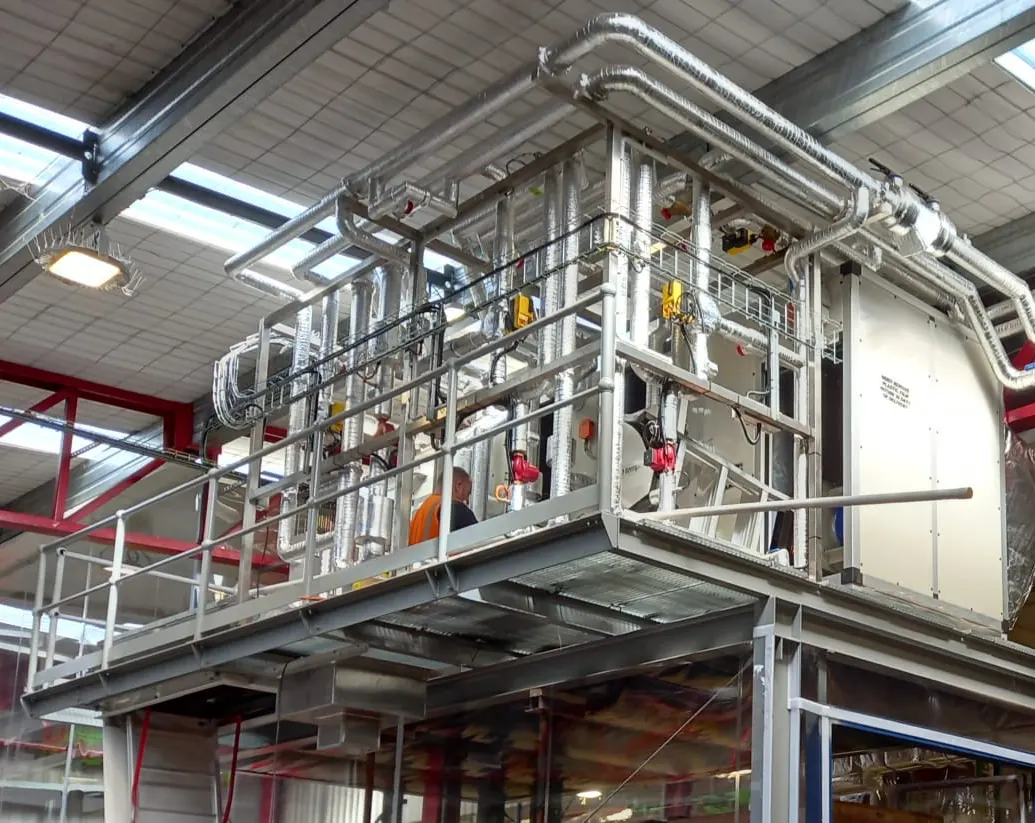

Dehumidification in greenhouses
Controlling humidity in an environment like a greenhouse can deliver dramatic improvements in productivity, allowing workers to start earlier in the day because excess moisture isn’t retained on leaves. Achieving this depends on high water extraction rates as the greenhouse environments can be very large. The uniform climate conditions that the dehumidification solution provides can also be an aid to plant growth and disease control, holding relative humidity to the same levels day and night.
Dehumidification in cold storage
Too much humidity in cold stores generates condensation and can lead to frost build up on working surfaces and stored produce. The problems caused by this can affect storage systems, such as cardboard boxes, chiller defrost cycles and be a danger to personnel working in the storage facility. By removing the damp humid air, a dehumidifier reduces the chances of frost build up, supporting a more efficient and safer cold storage environment.


Dehumidification in meat processing
Condensation on the roof and surfaces of a meat processing facility can increase the potential for product contamination. The best way to combat this is to remove excess humidity from the environment, leading to safer slaughter areas and boning rooms. An efficient dehumidification solution will be a valuable support to the health and quality control efforts of any organisation involved in meat processing.
